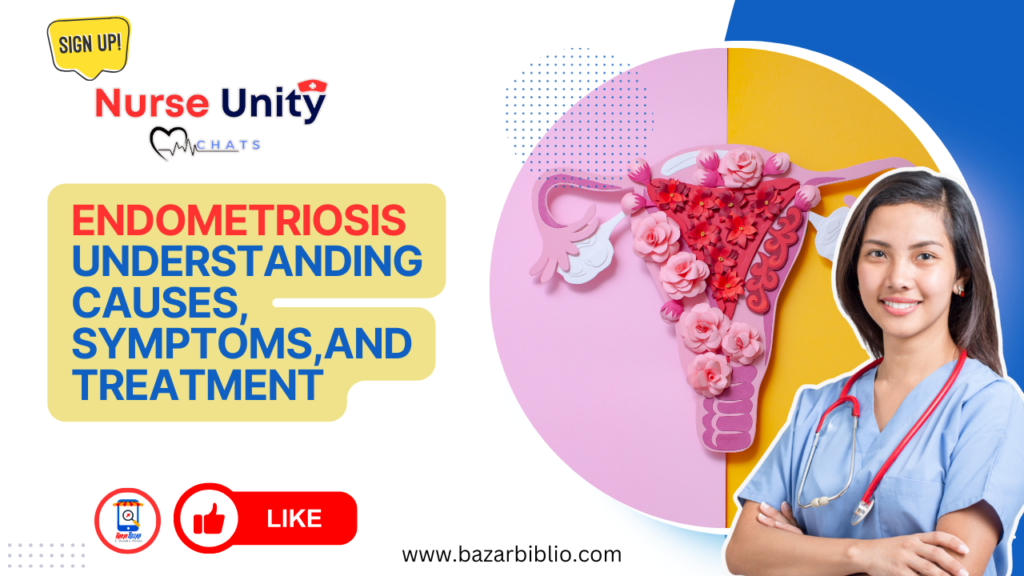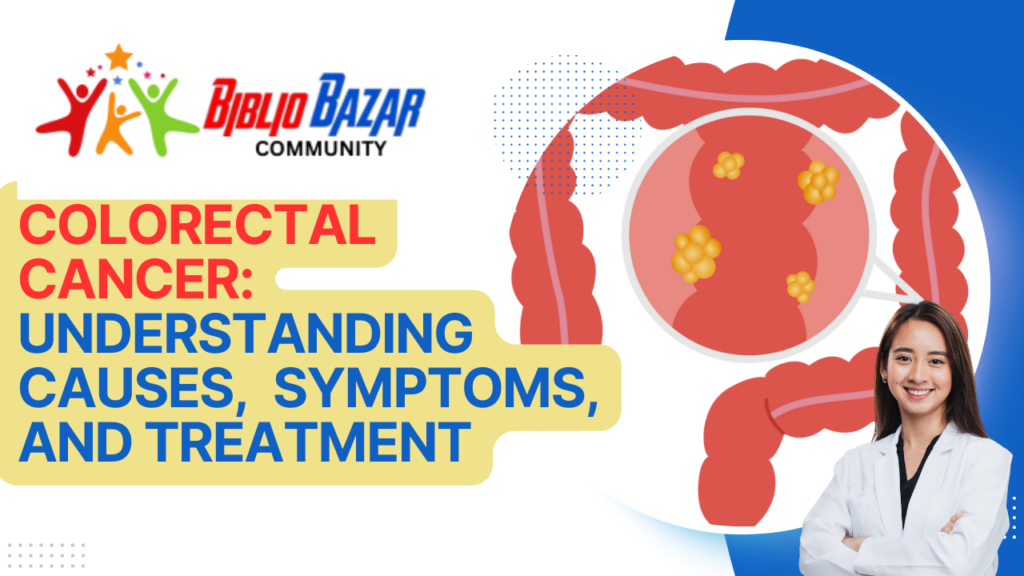
Endometriosis is a chronic condition that affects millions of women around the world. It occurs when tissue similar to the lining of the uterus, known as the endometrium, grows outside of the uterus. This tissue can develop on the ovaries, fallopian tubes, or other areas within the pelvic cavity. While the misplaced tissue continues to behave as it would inside the uterus—thickening, breaking down, and bleeding during each menstrual cycle—it has no way to exit the body, which can lead to inflammation, cysts, and scarring.
Endometriosis is classified into four stages: minimal, mild, moderate, and severe. The classification is based on the location, depth, and extent of endometrial tissue found outside the uterus. Minimal and mild endometriosis may involve small areas of growth and limited scarring, while moderate and severe cases may involve large cysts and extensive scarring that can affect nearby organs, leading to complications like infertility.

The exact cause of endometriosis remains unclear, but several theories have been proposed. One popular theory is retrograde menstruation, in which menstrual blood flows backward through the fallopian tubes into the pelvic cavity instead of leaving the body. Another theory suggests that certain immune system disorders may allow endometrial-like tissue to grow outside the uterus. Genetics also seem to play a role, as women with a family history of endometriosis are more likely to develop the condition. Other possible causes include embryonic cell transformation, surgical scar implantation, and high estrogen levels.
Risk factors for developing endometriosis include starting menstruation at an early age, having shorter menstrual cycles, heavier periods, and having a low body mass index (BMI). Women who have never given birth are also at a higher risk of developing endometriosis. Family history is another significant factor, as endometriosis tends to run in families.

Symptoms of endometriosis can vary in intensity, but the most common symptom is pelvic pain, particularly during menstruation. Other symptoms include excessive bleeding during periods, pain during intercourse, pain with bowel movements or urination, fatigue, bloating, and in some cases, infertility. The severity of the pain is not always a good indicator of the extent of the disease. Some women with mild endometriosis may experience intense pain, while others with severe endometriosis may have little to no discomfort.
The treatment for endometriosis depends on the severity of the condition and whether the patient plans to have children. For pain management, nonsteroidal anti-inflammatory drugs (NSAIDs) are often prescribed to reduce inflammation and relieve discomfort. Hormonal therapies, such as birth control pills, progestin therapy, and gonadotropin-releasing hormone (Gn-RH) agonists, help regulate the hormones responsible for endometrial growth, reducing or even stopping menstruation. This can relieve symptoms but does not cure the condition.

For women trying to conceive or for those with more advanced stages of endometriosis, surgery is an option. Laparoscopy, a minimally invasive procedure, allows doctors to remove endometrial tissue and adhesions. This can alleviate symptoms and improve fertility outcomes. In severe cases where other treatments have failed, a hysterectomy (removal of the uterus) with or without the ovaries may be recommended. However, this option is usually reserved for women who no longer wish to have children, as it significantly impacts fertility.
Post-surgical care is an important part of the treatment process. Patients need to be closely monitored for signs of infection and receive adequate pain management. Nurses play a vital role in supporting patients through recovery by educating them on how to manage pain, care for surgical wounds, and make lifestyle changes that may improve their quality of life. Emotional support is also crucial, particularly for women who are dealing with the psychological impact of infertility or chronic pain.
If you or someone you know is experiencing symptoms of endometriosis, it’s important to seek medical advice early. The sooner the condition is diagnosed, the more treatment options are available to manage symptoms and preserve fertility.
Subscribe to us for more videos like this and visit bazarbiblio.com for notes and free PDF books. Thank you!
Frequently Asked Questions (FAQs)
- What exactly is endometriosis?
Endometriosis is a condition where tissue similar to the uterine lining grows outside the uterus, leading to pain and potential complications such as infertility. - What causes endometriosis?
The exact cause is unknown, but potential causes include retrograde menstruation, immune system issues, genetic factors, and high estrogen levels. - What are the risk factors for developing endometriosis?
Risk factors include starting menstruation early, shorter menstrual cycles, never giving birth, low BMI, high estrogen levels, and a family history of endometriosis. - Can endometriosis cause infertility?
Yes, endometriosis is a common cause of infertility, particularly in more severe cases where the fallopian tubes or ovaries are affected by scar tissue. - What are the most common symptoms of endometriosis?
Common symptoms include pelvic pain, painful periods, excessive menstrual bleeding, pain during intercourse, and infertility. - How is endometriosis diagnosed?
Endometriosis is typically diagnosed through a pelvic exam, ultrasound, MRI, or laparoscopy—a surgical procedure that allows doctors to view the pelvic organs and check for abnormal tissue. - What treatment options are available for endometriosis?
Treatment options include pain management with NSAIDs, hormonal therapies to suppress endometrial growth, and surgical procedures to remove abnormal tissue. - Is surgery the only option for treating endometriosis?
No, not all cases require surgery. Many women can manage their symptoms through medications such as hormonal therapy. Surgery is recommended when symptoms are severe or when fertility is a concern. - Can endometriosis be cured?
There is currently no cure for endometriosis, but symptoms can be effectively managed with medication, surgery, and lifestyle adjustments. - How does endometriosis affect mental health?
The chronic pain, fatigue, and infertility associated with endometriosis can lead to anxiety, depression, and emotional distress. It’s important for patients to seek support from healthcare providers and support groups.
Discover more from Bibliobazar Digi Books
Subscribe to get the latest posts sent to your email.


